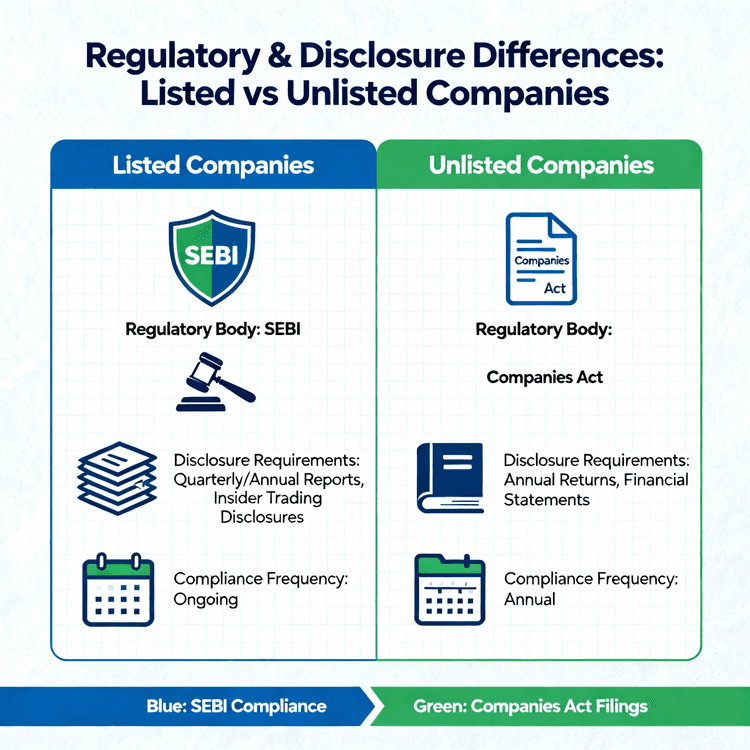VCI Chemical Industries Private Limited, a relatively new player in the specialty chemicals sector, is laying a solid financial foundation for its ambitious growth trajectory. This analysis reviews the company’s financial performance, capital structure, profitability, liquidity, and key risks, offering a detailed yearly breakdown.
Financial Overview and Capital Structure
Capital Investment and Funding
VCI Chemical Industries is currently in the advanced stages of commissioning a large-scale coal tar distillation facility with a total project cost of approximately ₹172.57 crore. The funding mix comprises:
- Promoter’s contribution: ₹52.57 crore (₹45.10 crore equity + ₹7.47 crore unsecured loans/quasi-equity)
- Term debt: ₹120 crore, of which ₹10 crore was disbursed by December 2024.
- Debt-equity ratio: 2.28:1
This substantial capital investment highlights the company's high conviction in the growth potential of the niche coal tar derivatives segment. In specialty chemicals, large upfront investments often serve as significant competitive moats, enabling operational efficiencies, backward integration, and product specialization.
However, the high leverage indicated by a debt-equity ratio of 2.28:1 presents a dual-edged sword: while it can magnify returns once commercial operations commence, it also increases the company’s fixed obligations in terms of interest payments, potentially pressuring cash flows if operations are delayed or margins are compressed.
Therefore, timely project execution, stabilization of operations, and working capital management will be critical in the next two fiscal years to ensure sustainable financial health.
Equity and Share Capital
- Authorized share capital: ₹55.84 crore
- Paid-up capital: Approximately ₹52.3 crore
Revenue and Profitability Trends
Revenue Growth
Since its incorporation in 2021, VCI has not reported significant revenues, consistent with its capital project development phase. Revenue growth stood at 0% for FY 2022.
However, with long-term product supply contracts worth approximately ₹300 crore annually already secured, the company's revenue potential appears strong. Based on industry benchmarks, VCI’s estimated annual revenue at full operational capacity is projected at around ₹300 crore, with the specialty chemical sector typically maintaining operating margins of 18%–19% in India.
Securing substantial offtake contracts even before the start of production de-risks the topline and ensures early cash flow generation post-commissioning. This strategic move mitigates the risk of revenue volatility that new manufacturing companies often face and provides greater visibility for lenders and investors alike.
Profitability Metrics
- Profit After Tax (PAT): ₹3.34 crore (pre-commercialization profits)
- Earnings Per Share (EPS): ₹3.34
- Price-to-Earnings (P/E) Ratio: 16.19
- Market Capitalization: ₹172.8 crore
- Enterprise Value (EV): ₹284.96 crore
- Earnings Yield: 6.18%
The moderate P/E ratio of 16.19 indicates that the market expects future earnings growth, while the healthy earnings yield suggests that the company's current valuation is reasonable relative to its earnings potential once commercial operations start.
Thus, VCI appears poised to transition from a capital-intensive phase to a revenue-generating phase, which historically triggers margin expansion in manufacturing sectors.
Cash Flow and Liquidity Analysis
Operating and Financing Cash Flows
- Cash flow from operations: Negative ₹12.34 crore
- Cash flow from financing activities: Positive ₹89.78 crore
Meanwhile, strong positive financing cash flow, largely from promoter equity and debt funding, demonstrates that capital inflow has been sufficient to sustain project development without major liquidity stress.
Liquidity Position
VCI's liquidity position remains adequate, driven by:
- Access to term loans, with repayments beginning only from July 2026.
- Eligibility for various government subsidies (e.g., 30% capital subsidy, power incentives, employment-linked incentives).
Risk Factors Affecting Financial Performance
Raw Material Price Volatility
Coal tar, the primary raw material, is susceptible to price fluctuations linked to:
- Bituminous coal supply and cost dynamics
- Global industrial production cycles
- Macroeconomic indicators (GDP, inflation rates)
Regulatory and Environmental Challenges
India’s specialty chemical sector faces stringent environmental norms, requiring companies to invest heavily in pollution control, waste management, and regulatory compliance.
While compliance costs may rise, companies that proactively invest in environment-friendly practices often gain a competitive advantage through customer preference and regulatory goodwill. VCI’s early alignment with these standards could position it as a preferred supplier for multinational customers seeking ESG-compliant partners.
Project Execution and Commercialization Risks
Timely commissioning and efficient ramp-up of operations are critical to achieving revenue targets.
Implications:
Any delay in project completion could lead to cost overruns, delayed cash inflows, and debt servicing challenges. Thus, effective project management, vendor coordination, and operational efficiency will play a pivotal role in financial outcomes over the next two years.
Outlook and Financial Projections
- Revenue: Estimated to reach ₹300 crore annually once commercial production ramps up, supported by long-term contracts and healthy sector margins.
- Profitability: Expected to improve with scale, though raw material volatility remains a key risk factor.
- Debt Servicing: Structured repayments from July 2026 onwards, supported by subsidy inflows.
- Cash Flow: Operating cash flows projected to turn positive from FY 2026 onwards, reducing reliance on external financing.
is transitioning from a
capital-intensive investment phase
to
commercial operations
with a strong financial and strategic foundation.Despite early-stage negative cash flows and moderate profitability, the company's
solid promoter backing
,
secured long-term contracts
, and
eligibility for government incentives
position it for stable revenue generation and improving margins from late 2025 onward.


